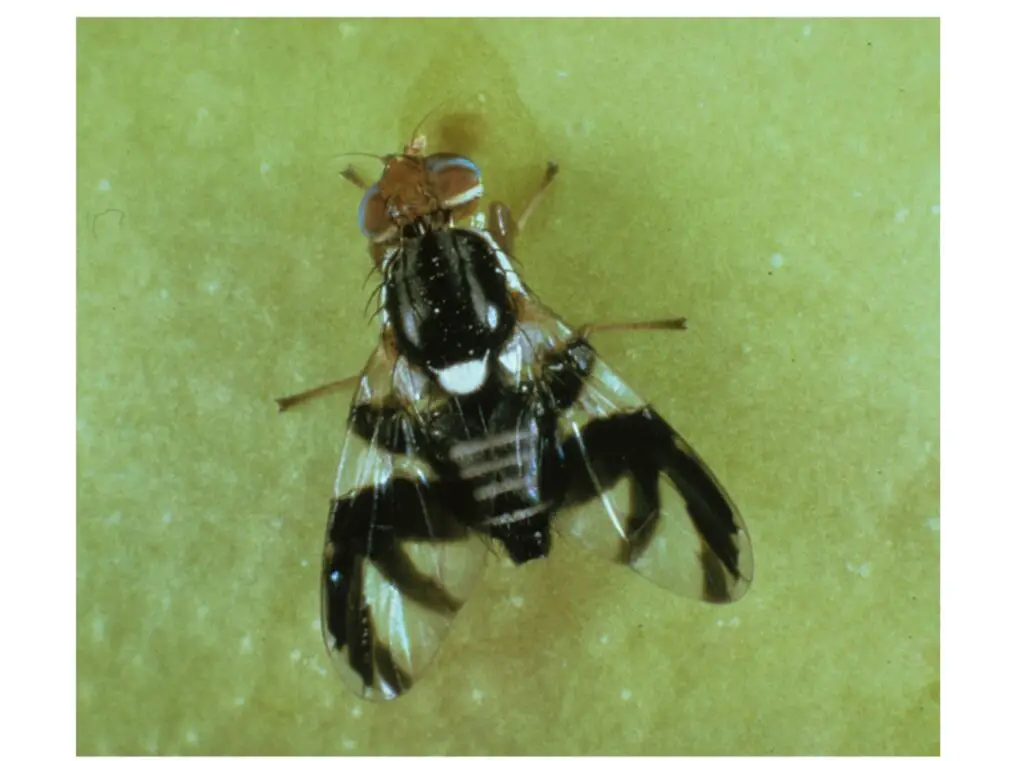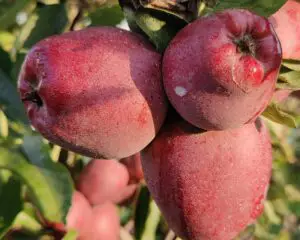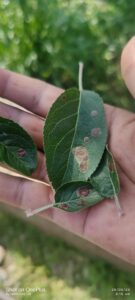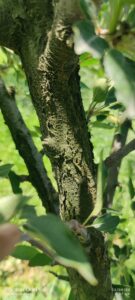Introduction
Apple trees are the epitome of abundance and beauty in many a home garden. There’s practically nothing quite like biting into a juicy apple handpicked straight from your backyard. However, the tantalizing pleasure and crisp bites of these fruits can be marred by the pesky apple maggots. These unwelcome guests are a common matter of concern for orchard growers but fear not, we are here to clear all your worries.

Understanding Apple Maggots
Firstly, let’s uncover what apple maggots truly are. Also known as Rhagoletis pomonella, apple maggots are small, fruit flies that originate and breed in apples. They are often referred to as railroad worms due to the tell-tale brown tracks they leave as they bore their way into the apples.
The adult flies lay their eggs on the surface of apples in mid-summer. Once they hatch, the maggots tunnel their way into the apple, feeding on it from the inside and subsequently causing the fruit to shrivel and fall from the tree prematurely.
The Life-Cycle
The apple maggot life cycle begins when a female lays eggs in an apple. The eggs hatch into larvae, which consume the apple for nourishment. In late autumn, the maggot transitions to a pupa that overwinters in the soil, emerging as an adult fly the following summer.
Apple maggots are quite the hitchhikers, too. They can travel to new orchards in infested fruit, which makes them a serious concern for apple growers.

Identifying Apple Maggot Infestation
Quick and early identification of an infestation is crucial in managing apple maggots. While the flies themselves are small and might go unnoticed, their damage is easier to spot. Infected apples often display dimpled or blemished skin and may drop prematurely. Cutting open an infected apple reveals irregular, winding tunnels throughout the flesh alongside the immature maggots.
Managing and Controlling Apple Maggots
Integrated Pest Management (IPM) is recommended to control apple maggots. Here are some simple steps you can follow:
- Monitor for pest presence: Use yellow sticky traps with a lure to detect the first emergence of flies.
- Sanitation: Dispose of fallen and infested fruits immediately to disrupt the breeding cycle.
- Protective Spray: Use organic insecticides for your garden. Be sure to cover all sides of each apple.
- Use of Barriers: Another approach to preventing apple maggots is the use of physical barriers like ‘footies’ to protect developing fruits.
- Companion Planting: It can deter pests. Flowers from the umbellifer family such as Queen Anne’s lace, fennel, and dill attract beneficial insects that prey on apple maggot flies.
Conclusion
While apple maggots can deal a significant blow to your apple harvest, understanding their life cycle and behavior can help manage and even prevent infestations. By keeping a watchful eye and taking proactive steps in monitoring and maintaining sanitation, you can enjoy a bountiful apple harvest, free of these pesky maggots.
Always remember, the beauty of nature lies in its cycles and cohabitation. Every visitor welcomed or otherwise, contributes to the grand narrative of your garden. Learn from them, adapt, and keep growing!



